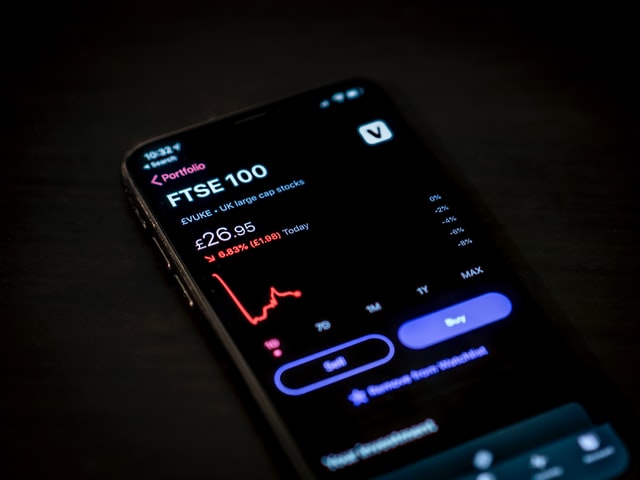The 30-day rule in trading is a guideline that suggests that a trader should not hold onto a trade for more than 30 days. The idea behind the 30-day rule is that if a trade has not resulted in a profit after 30 days, it is likely that the trade will not profit and should be exited.
Why following the 30-day rule can benefit traders
- First, it can help traders stay disciplined and avoid holding onto trades for too long.
- Second, it can help traders avoid becoming emotionally attached to trades, leading to poor decision-making.
- Finally, following the 30-day rule can help traders manage their risk by ensuring that they do not lose trades for too long.
While the 30-day rule is a helpful guideline, it is not always possible to follow it strictly. There may be times when a trade needs to be held for longer than 30 days to achieve a profitable outcome. However, traders should stick to the 30-day rule as closely as possible to improve their chances of success.
A few technical mistakes can be made in trading that will lead to the end of your career – whether you’re a professional trader or just someone who casually invests their money.
One of these mistakes is known as “day trading” – this means engaging in short-term trades, usually holding on to stocks for less than a day before trading them again. It’s not uncommon for people to become good at picking winning stocks within the first week of trading, making more gains by day ten and still profiting from it by day 20 and so forth. However, when things go south, and you start losing money in your investment, the 30-day rule states that most rookie traders will panic and get out of their investment, losing any potential gains they could have made.
The 30-day rule in trading suggests that you should not get out of your investments before the 30 days are up – if you’re in a winning trade, then there’s no reason to panic after just 3 or 4 days. On the other hand, holding onto your losing position for several weeks can be very painful if you’re relying on it to maintain an income stream. That being said, the 30-day rule is often used by more experienced traders who realise that waiting for at least a month gives them enough time to reevaluate their original analysis and make course corrections when needed.
The benefits to following this rule
1) It prevents you from making hasty decisions based on short-term movements in the market.
2) It allows you more time to research potential investments and make well-informed decisions.
3) It allows you to ride out short-term volatility and avoid taking unnecessary losses
On the other hand, there are a few potential downfalls to consider as well
1) You may miss out on potential profits if you’re not in the market during bullish periods.
2) You may be forced to sell at a loss if you hold onto your losing position for too long.
3) It can be challenging to predict when it’s time to sell an investment if you haven’t set a definitive timeframe beforehand.
Bottom line
The 30-day rule is just one of many trading guidelines to help traders become more successful. Other guidelines that may be useful include setting stop losses and taking profits, diversifying investments, and using limit orders. By following these guidelines, traders can develop a solid trading strategy that will help them to maximise their profits and minimise their losses. The 30-day rule is a guideline that suggests that a trader should not hold onto a trade for more than 30 days. The idea behind the 30-day rule is that if a trade has not resulted in a profit after 30 days, it is likely that the trade will not profit and should be exited.

